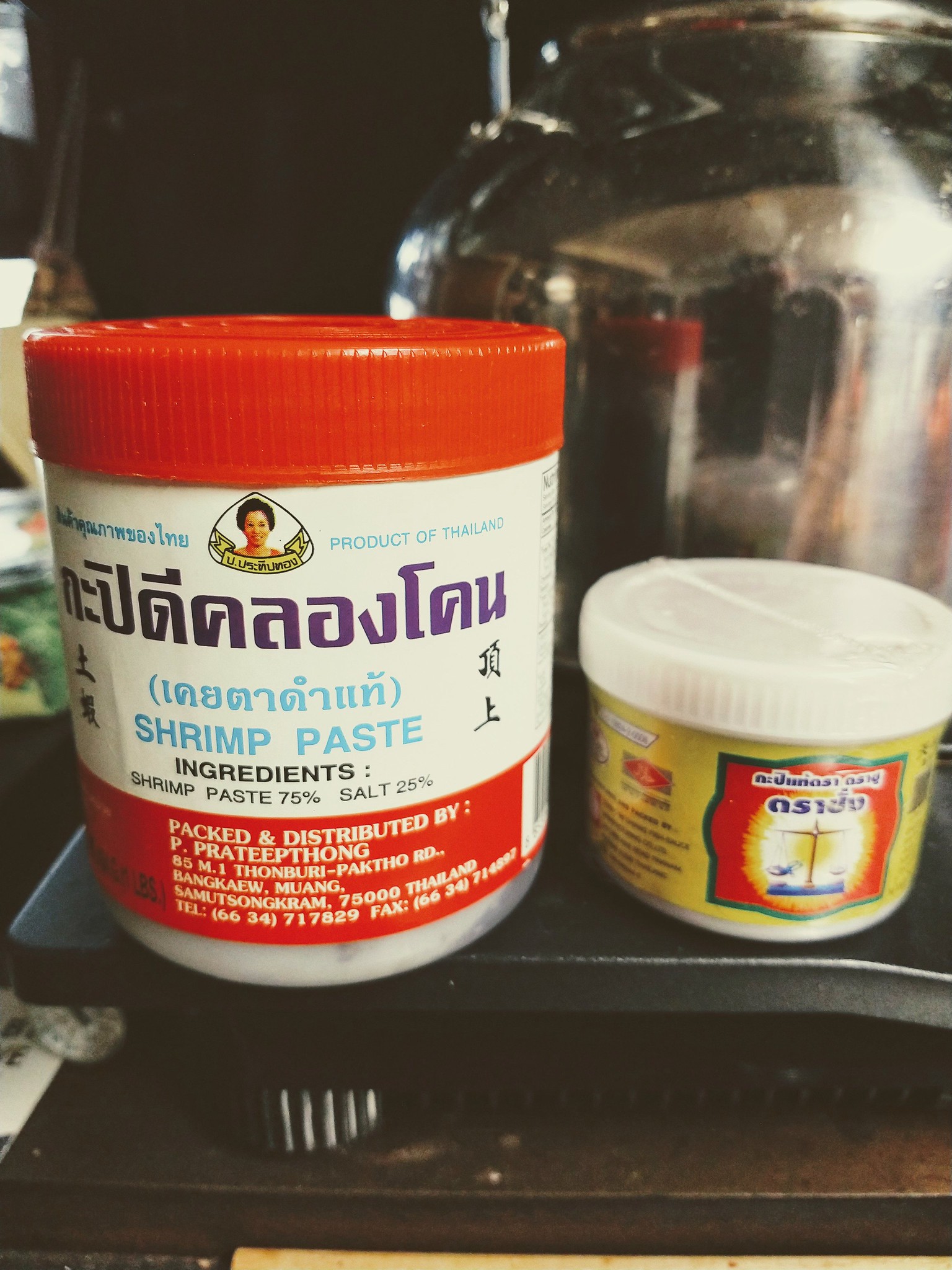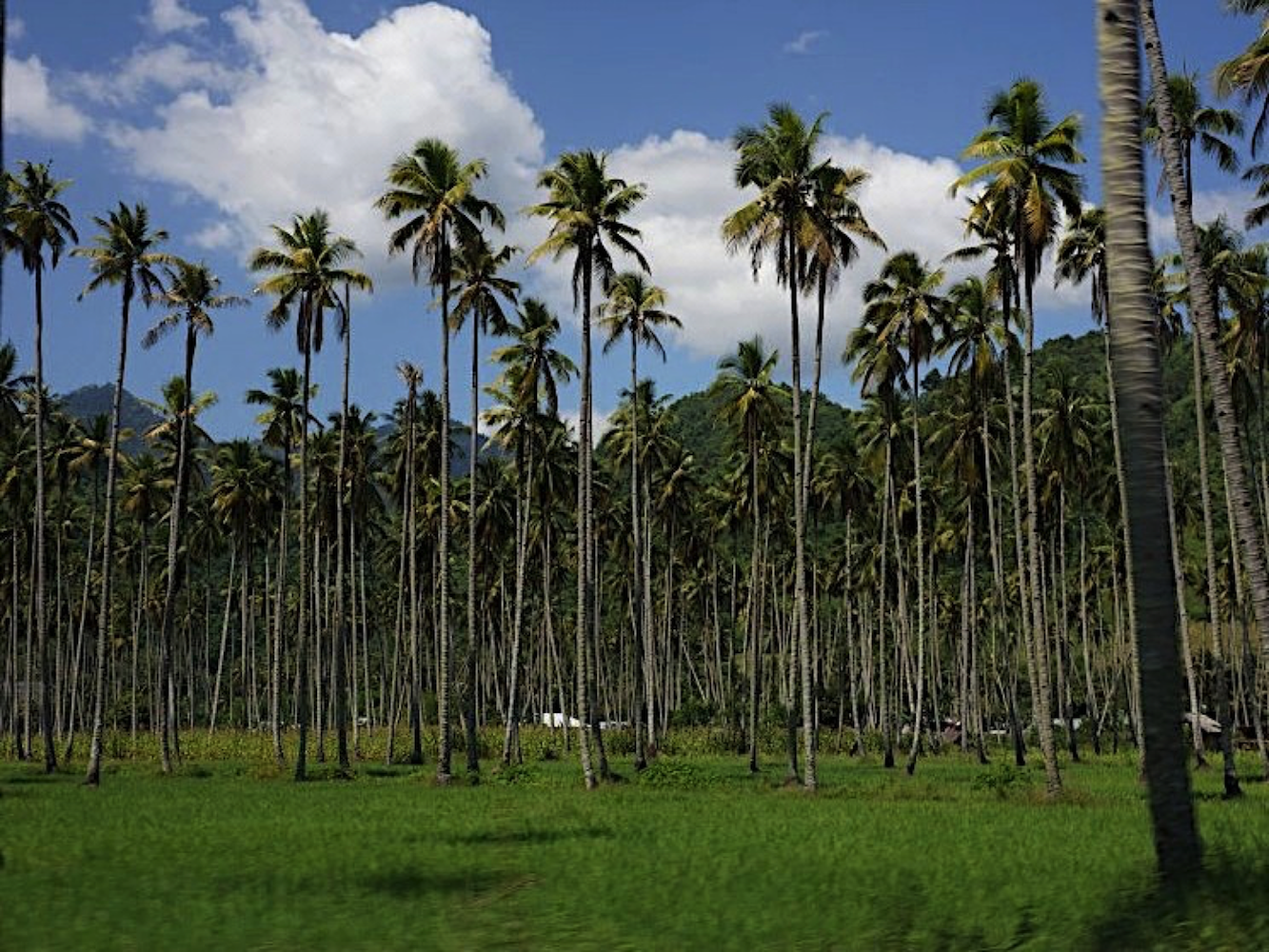Trassi is that solid block type of shrimp paste used in Malaysian and Indonesian foods. I use the Thai shrimp paste I always keep on hand.
UD - I didn't remember where I posted it, but I knew it was a long time back I posted a photo of the shrimp paste brands I used, for someone, to show the brand, since there really wasn't a brand name in English!
 Thai shrimp paste
Thai shrimp paste by
pepperhead212, on Flickr
I see it was in '19! Both are Thai brands, and not the tassi type, in block form. And just to warn anyone not familiar with these things, thinking of trying some new things - that tassi, which is shrimp paste simply wrapped in paper, is one of many things (durian, and many of those fermented products add their aromas, as well) in many of those Asian markets that give them their unique aromas, that many people can't take - I had a number of lady friends of mine though the years that had to leave soon after entering one of them, and never went in again. (Though they still ate the foods I made for them!) The first shrimp paste I got back in the 80s, up in NYC (nothing available around here, back then) was one of those blocks (I had no idea about the differences, back then, and just saw "shrimp paste"!), and driving home the smell was so bad that we stopped, and put it in a plastic bag, and in the trunk! It was still noticeable, but we got home, and one thing I did, that you will want to do, if you buy any, was put it in a glass jar - a sealed pint mason jar. I used some of it, but soon found out about the kapi, or actual Thai shrimp paste, and got some of that on my next trip. It was actually "mild", compared to the tassi, but still incredibly potent.
Most of these recipes call for "toasting" or pan roasting the shrimp paste, usually by wrapping it in a double layer of foil, pressing about 1/4" thick, then cooking it about 6-7 min. over medium low heat in a dry pan, like toasting chiles, turning it frequently, until puffed up, then cool, before opening, to use in recipe. I always do a bunch of this, in some foil, but put over an open flame, for a short time, until puffed up - a method I found in James Oseland's CRADLE OF FLAVOR - and I keep "pre-toasted" shrimp paste in a jar, to use as needed. And if you have an outdoor grill, with a side burner, that's a better place to toast the shrimp paste! A friend's wife threatened to leave him, if he ever cooked that stuff inside again!

She never turned down any of our food, however.


